Poor Cinderella
7.2 /10 1 Votes
Film series Betty Boop Film Series Language English | 7/10 IMDb Genre Animation, Short, Comedy Duration | |||||||||||||||||||||||||||||||||
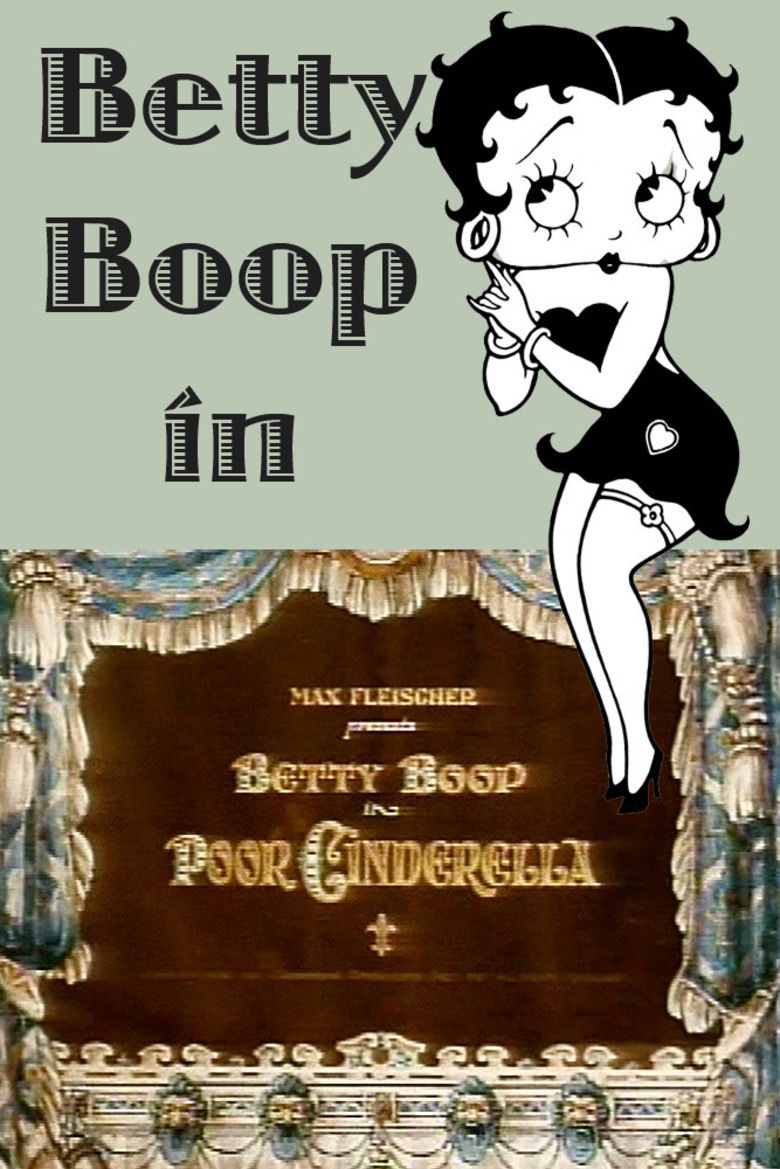 | ||||||||||||||||||||||||||||||||||
Cast Mae Questel Release date August 3, 1934 Similar movies Betty Boop movies | ||||||||||||||||||||||||||||||||||
Betty boop poor cinderella 1934
Poor Cinderella is a 1934 Fleischer Studio animated short film featuring Betty Boop. The first entry in the Color Classics series, Poor Cinderella was Fleischer Studio's first color film, and the only appearance of Betty Boop in color during the Fleischer era.
Contents

Poor cinderella betty boop 1934
Synopsis
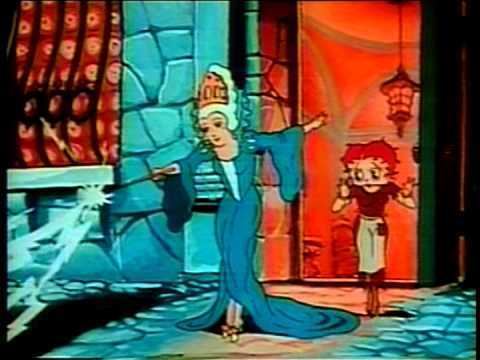
In this retelling of the Cinderella story, Betty is the title character, a poor young woman forced to be the virtual slave of her two ugly stepsisters. Betty/Cinderella is visited by her fairy godmother, who grants her wish to attend the prince's ball, giving her beautiful clothes, a carriage, and the traditional glass slippers. During the ball, the prince descends the staircase in royal fashion when he stops and notices Betty standing in the entrance, and Cupid uses a hammer to smack him down the stairs to her. The two have a wonderful time dancing together, but when midnight strikes, she rushes out of the ball, leaving behind her shoe. The prince searches the land for the woman whose foot fits the slipper, and finds his "poor Cinderella." The two are married, and the ugly stepsisters are left to argue with each other until the end title's doors smack their heads together.
Background

The short was made in the two-strip Cinecolor process, because Walt Disney had exclusive rights to the new 3-strip Technicolor process from 1932 to 1935. (The remaining Color Classics from 1934 and 1935 were made in two-color Technicolor.) Betty's hair was colored red to take advantage of this. The short also used Fleischer Studio's Rotograph process, in order to provide some scenes with additional depth of field. Along with many of the other Color Classics, Poor Cinderella is today in the public domain and can be freely downloaded from the Internet Archive, among other locations.
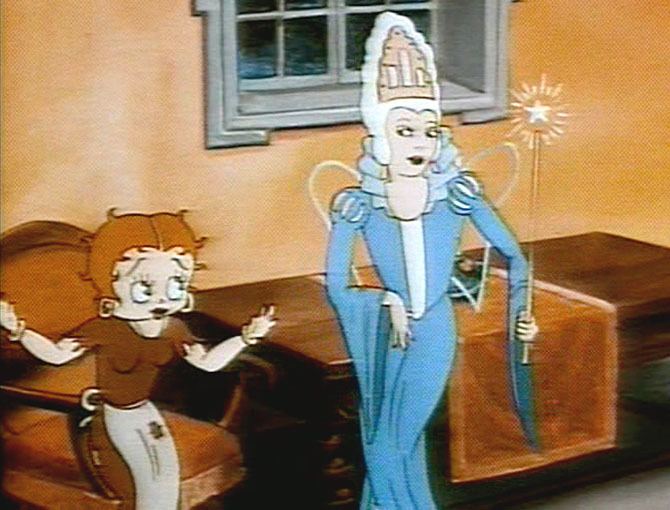
Rudy Vallee appears in caricature, singing the title song during the ball sequence and was the second singer to appear in a cartoon (the first was Paul Whiteman who was caricatured in two Oswald the Lucky Rabbit cartoons).
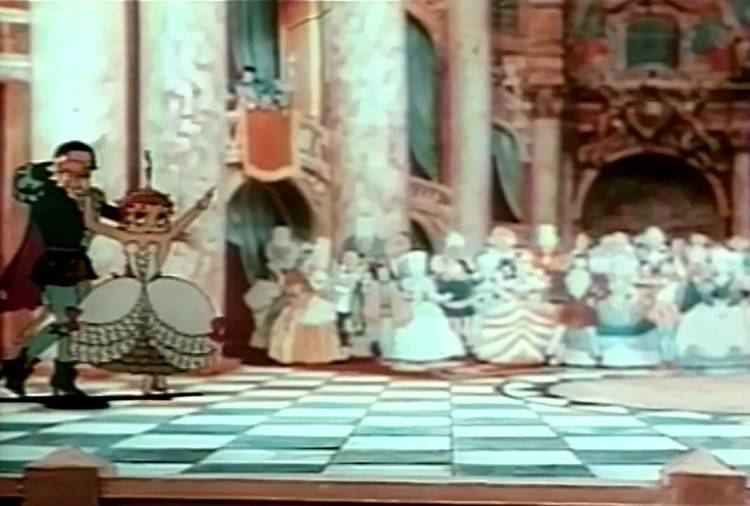

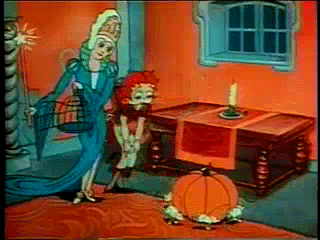
References
Poor Cinderella WikipediaPoor Cinderella IMDb Poor Cinderella themoviedb.org
